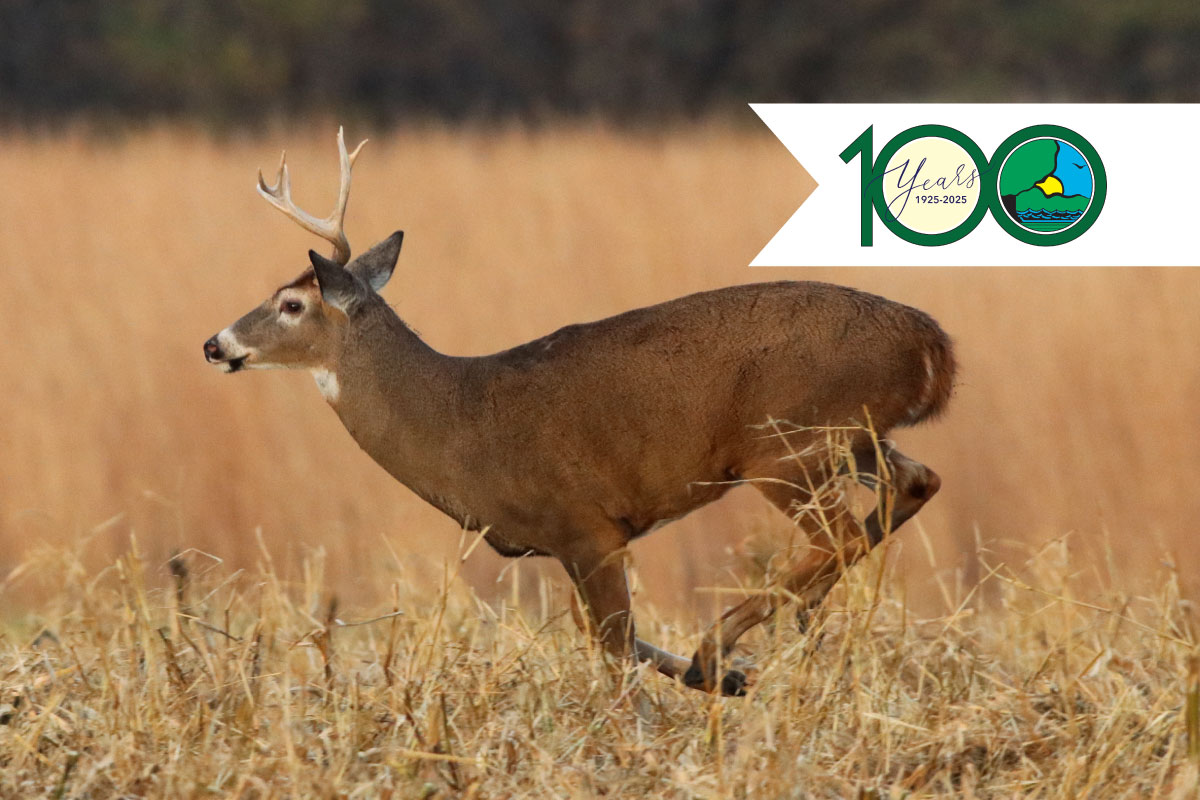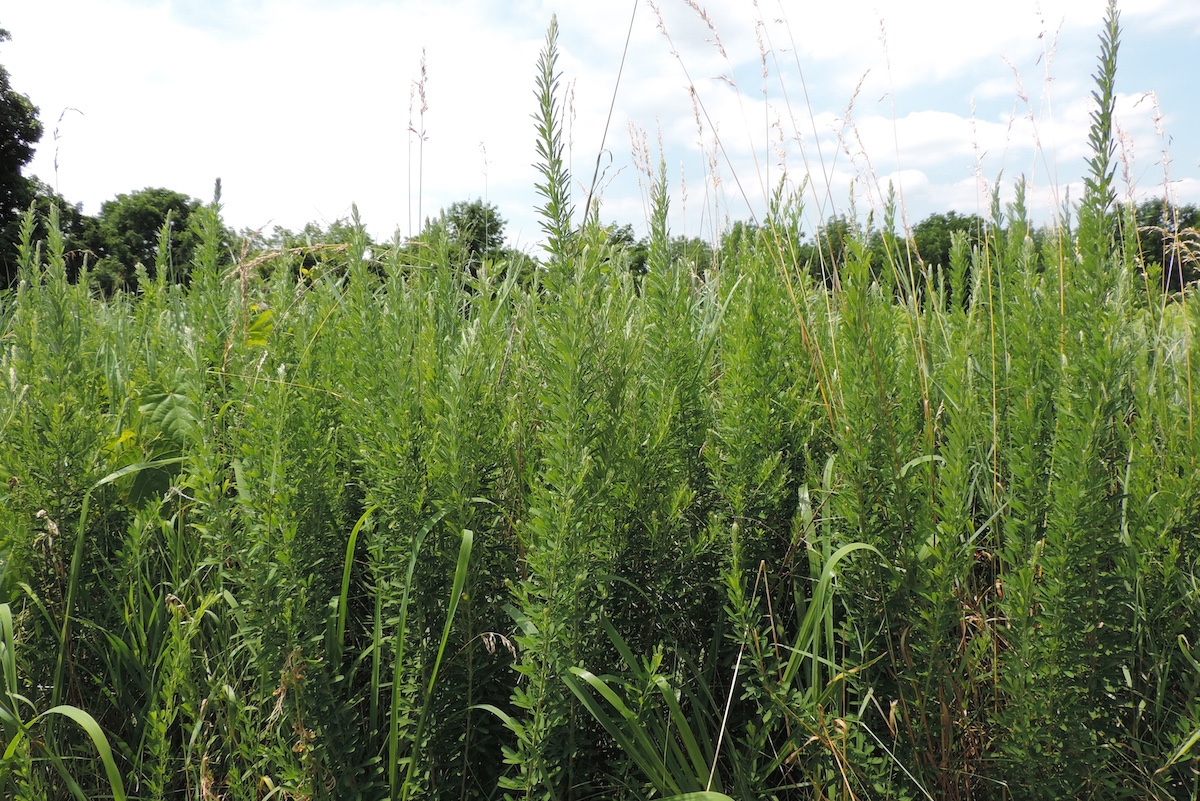
What has been learned from data collected as a result of the Illinois feral swine management program?
Genetic research has been conducted on the two primary populations of feral swine and findings show that the two populations are genetically isolated from each other (i.e., not interbreeding). Similarly, the genetic relatedness to populations in other states suggests similar source populations.
Since trapping began, testing for several diseases has been conducted. Results have shown positives for pseudo rabies (n = 1), swine influenza (n = 6), toxoplasmosis (n = 5), trichinosis (n = 2) and leptospirosis (n = 11).
Because of the risk of disease transmission, biologists work with domestic swine producers to investigate potential disease risks posed by feral swine. It appears that feral swine populations are being reduced to a point where landowners are seeing less to no damage, and other research suggests that’s the case, too.
In addition to the biological data collected, landowners were surveyed regarding their attitudes and opinions of feral swine in Illinois.
One result from the landowner survey was that the highest percentage of feral swine sightings occurred in 2011, and it has since been declining. The majority of landowners:
- do not enjoy seeing feral hogs (93 percent),
- do not think feral swine are an important part of the environment (88 percent),
- think feral hogs destroy native wildlife (79 percent), and
- feel that feral hogs should be eliminated wherever possible (84 percent).
Landowners were given the ability to identify which wildlife species they were most concerned about causing damage to their land. The top four species were:
- feral hogs (86 percent)
- deer (82 percent)
- coyotes (79 percent)
- raccoons (75 percent)
Lastly, the legal side of wildlife conservation is an important aspect of management. In order to manage wildlife, it is necessary to have the statutory authority to do so. Feral swine are classified as an invasive species in Illinois and the Illinois Department of Natural Resources (IDNR) has established an administrative rule to restrict the hunting of feral swine to the firearms deer seasons or by landowners under authority of a Nuisance Wildlife Permit—a fundamental step in continuing to win the fight against feral swine.
To report feral swine, call the IDNR Division of Wildlife Resources at (815) 369-2414 or USDA-Wildlife Services at (866) 487-3297.
NEXT ISSUE: Targeting Feral Swine in Illinois: Part 4—Illinois Feral Swine Law
Mark Alessi is the Wildlife Chief in Illinois Department of Natural Resources.
















Submit a question for the author